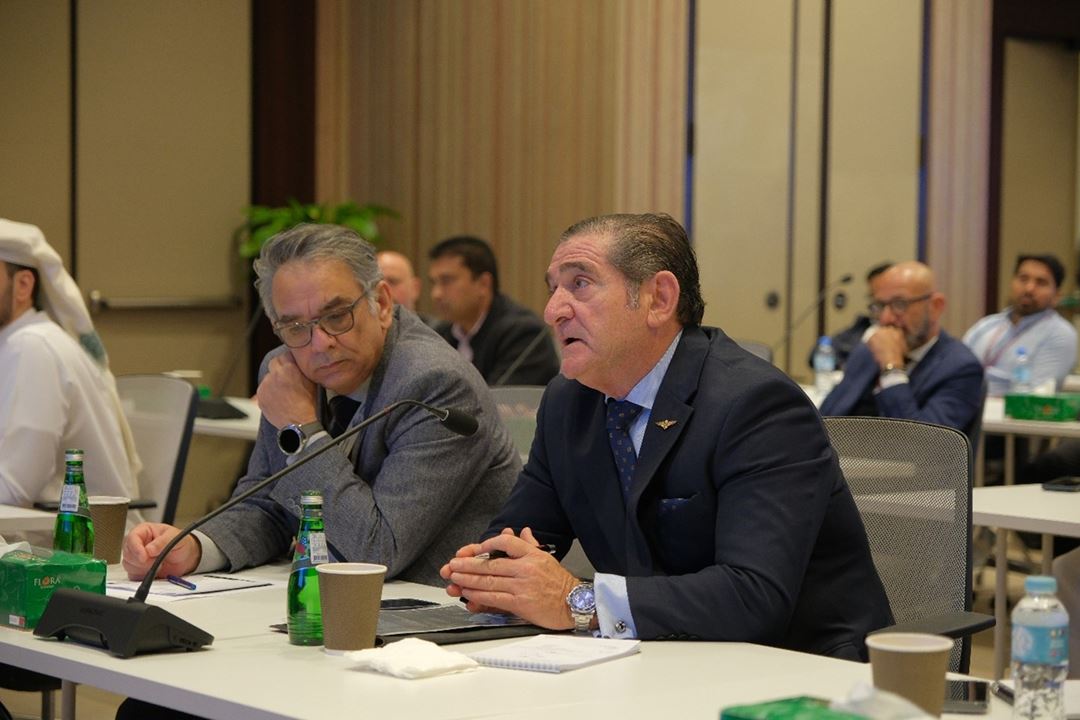– The turnout was four times larger than expected and showed how eager the international aviation industry is to use new AI tools, says Aksel Transeth at SINTEF Digital.
He researches the use of artificial intelligence in aviation and was recently invited by Fusion Group to Doha, together with business developer Roar Skogstad at Airside Innovation and Opscoms Systems, and commercial director at Widerøe Ground Handling; Kjell Ivar Maudal.
They brought with them the designs for a product that can make everyday life safer for ground personnel and save the aviation industry significant amounts of money.
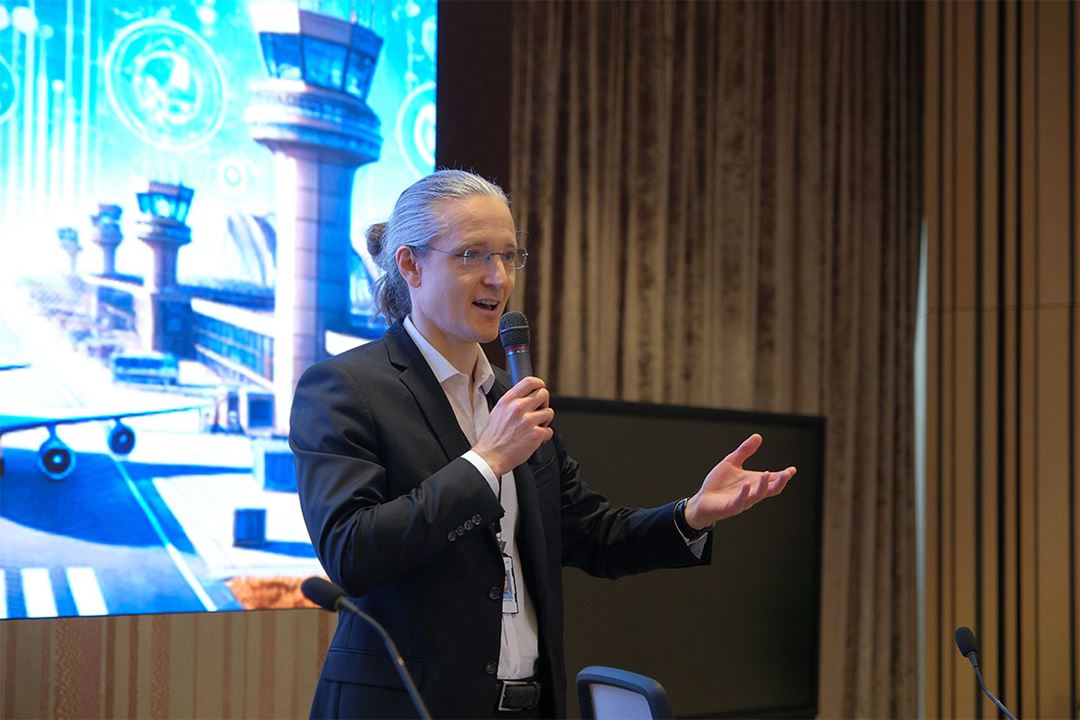
As the leading system integrator and Air Traffic Services provider in Qatar, Fusion Technology played a pivotal role in facilitating this collaboration, bridging international expertise with local industry needs to push forward innovations in aviation safety and efficiency.
A demanding job behind a new AI assistant
With the FLAIT project, the trio has come together to work interdisciplinary, aiming to offer aviation new AI-based tools, to use as "assistants" during the loading and unloading of aircraft.
The project started in 2022 based on an idea from Airside Innovation, with support from the Norwegian Research Council and industry partners.
– Implementing such a good digital assistant in place at airports is very demanding, but we have both technology, research, an airport at Avinor and ground personnel at Widerøe Ground Handling for testing, and now our work is starting to yield results, says Aksel Transeth at SINTEF Digital.
This is attracting attention internationally.
Artificial intelligence is being referred to as the new electricity
Every year, 243,000 people are injured during loading and unloading at airports. The work is therefore considered the riskiest in aviation today and costs over five billion dollars a year.
IATA has estimated that the sum could double by 2035, if no action is taken.
Not intended to replace jobs, but to increase safety
The team from Bodø landed in Doha on the coldest day so far this year, with around 18 degrees in the air, but at Fusion Group over 70 spectators provided a warm welcome.
– They were very interested in FLAIT and came up with good, relevant questions about the design and use of our tool, says Roar Skogstad of Airside Innovation and Opscoms Systems, which is based in Bodø.
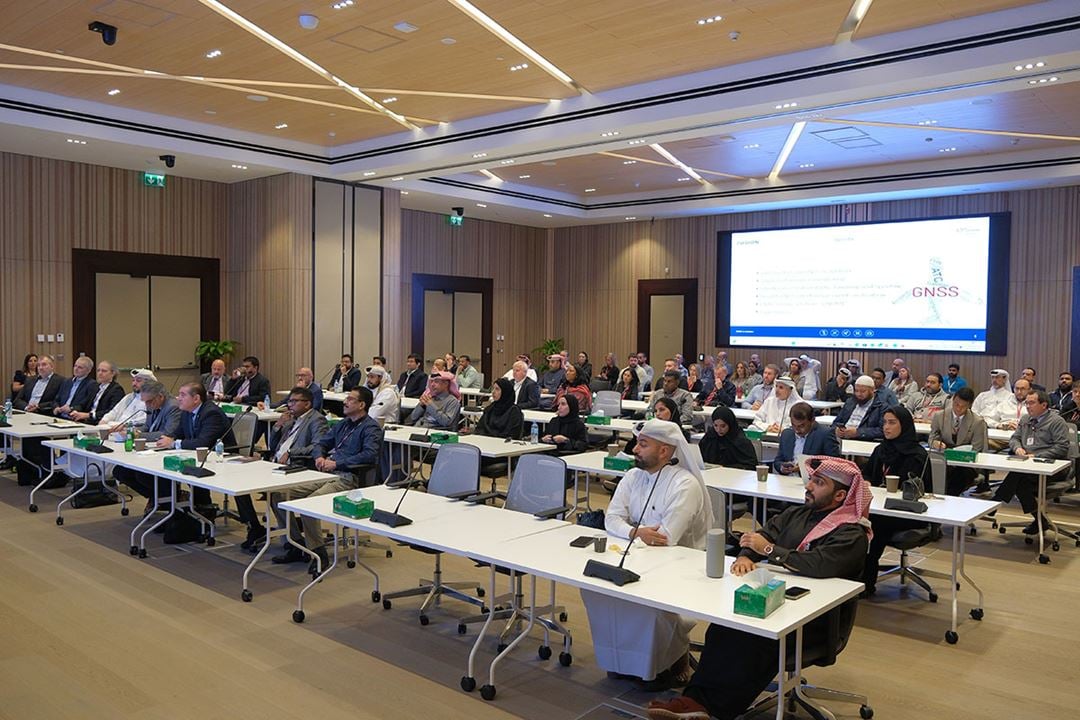
Airside Innovation is a technology start-up that will deliver the digital assistant commercially, while the technology company Opscom System delivers systems within so-called safety management, i.e. quality and safety management to the aviation industry.
– The digital assistant will not replace ground crew but help to monitor safety and quality-related incidents so that ground crew and others can learn from mistakes and thus avoid injuries and accidents in the future, Skogstad points out.
Airside Innovation is now in the process of integrating the results from the FLAIT project into a new product series from the company called VARDR, which was presented in Qatar.
Qatar a heavyweight in aviation
Qatar is a small, but influential country in the Middle East, known for heavy investment in infrastructure, especially in aviation.
With Hamad International Airport in Doha as a hub for both international and regional traffic, Qatar's airport is among the world's busiest.
– Artificial intelligence is being referred to as the new electricity, and in aviation, customers all over the world are ready, eager to use new AI tools, says Transeth.
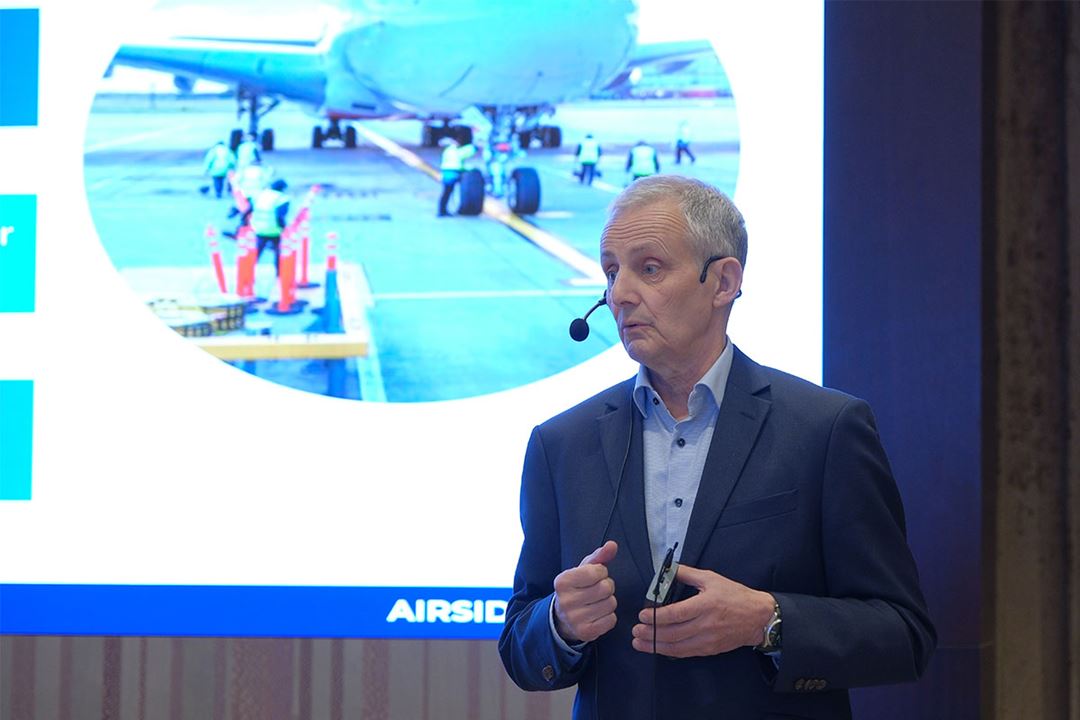
In Qatar, cutting-edge expertise from all over the world works together to solve daily tasks together, which was also evident when the Bodø team held their presentations together with a group from Italy.
– It was gratifying to see so many nationalities among those present, with air traffic controllers from countries such as South Africa and Romania, interested in the opportunities in new technology and Norwegian and European advances in the area.
EU strengthens regulations
The EU Commission recently tightened regulations and safety regulations for aviation, and included the work performed by ground personnel at airports.
This is a tool that is intended to support ground personnel, not take their jobs away
The EU's Aviation Safety Agency (EASA) will now support the industry and authorities in implementing the necessary changes by 2028.
– This entails new requirements for supervision in Europe and will probably also increase the need for tools like ours, says Transeth.
Test phase at Trondheim Airport Værnes
It is at Trondheim Airport Værnes that the project has collected image data to develop and test during the project.
This has enabled FLAIT to build the necessary AI models and user interfaces that Airside Innovation can take forward into a product line called VARDR with products such as "Stand Observer".
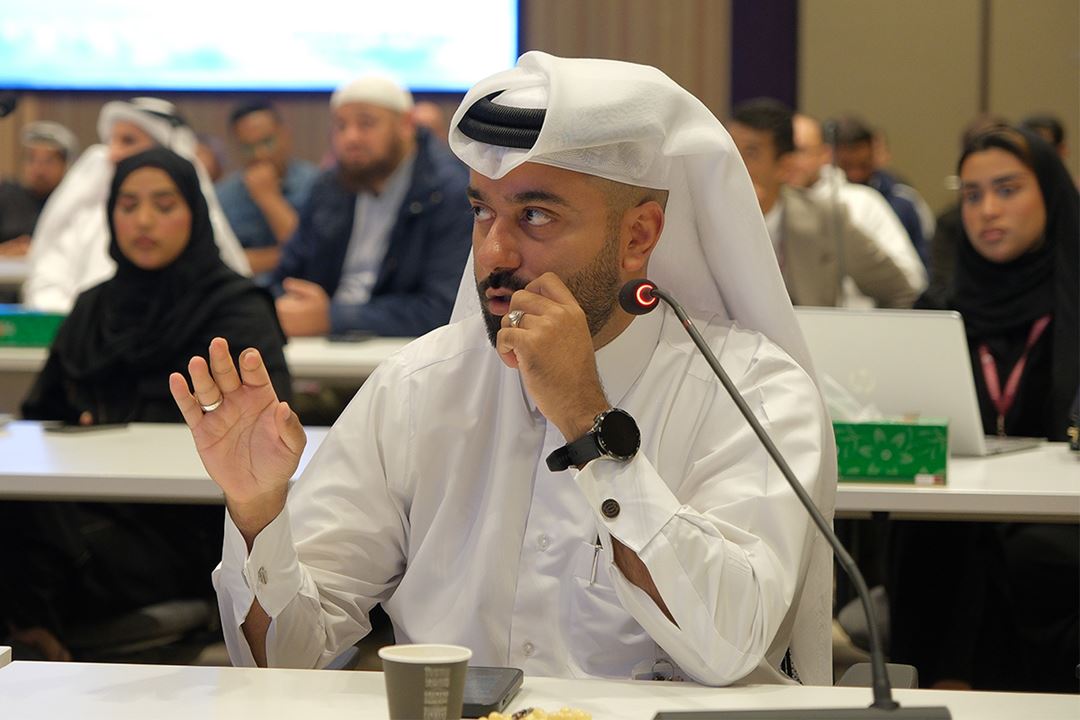
– The fear of losing jobs is certainly there among employees, but this is a tool that is intended to support ground personnel, not take their jobs away, Transeth points out.
In practice, the digital assistant collects image data continuously to find and report important operational situations and deviations to ground personnel.
The digital assistant compares this information with current procedures and guidelines for operations on the stand.
If the assistant finds deviations from the procedure, this is presented to the ground crew so that they can quickly take action to avoid damage or unforeseen incidents.
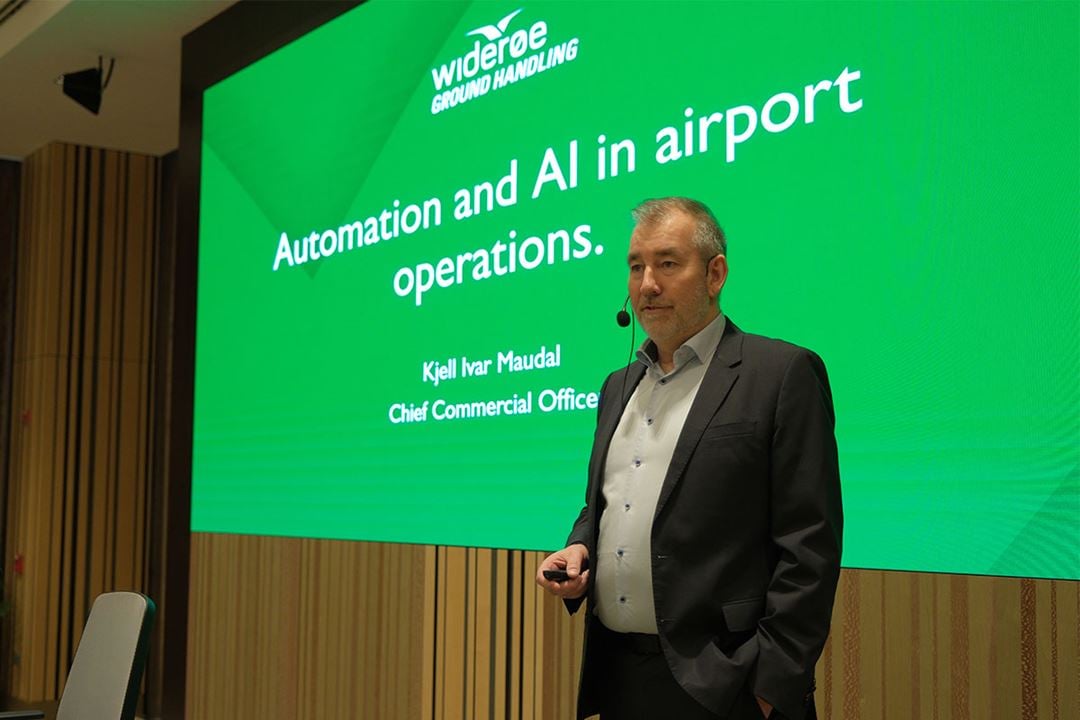
The political aspects of the international AI debate
– The international debate about truth, and the use of artificial intelligence to disseminate facts or propaganda, also led to some slightly different types of questions from the public, says Transeth.
The launch of chatbots such as Grok and Deepseek has led to discussion about censorship and truth content in various AI tools.
– We live in a time where facts are turned on their head and most things can become political, so it is not surprising that people also ask about the truth in our product, but here artificial intelligence is used in a completely different way.
Chatbots are generally trained for conversation, with varying access to facts. In the FLAIT project, we feed chatbot-like technology with a prompt with concrete, relevant information from the airport that it is working against.
In aviation, customers all over the world are ready, eager to use new AI tools
– If the VARDR assistant that is developed from the technology in the FLAIT project finds deviations from procedures at the airport, this should be presented to the ground crew. This way they can understand what has happened, how it should be reported and what needs to be done, says Roar Skogstad and adds:
– In other words, this should be a practical tool that provides both operational benefits and safety improvements for all involved parties at the airport. At the same time, the solution should work in tandem with the airport's existing quality and safety management systems (SMS).
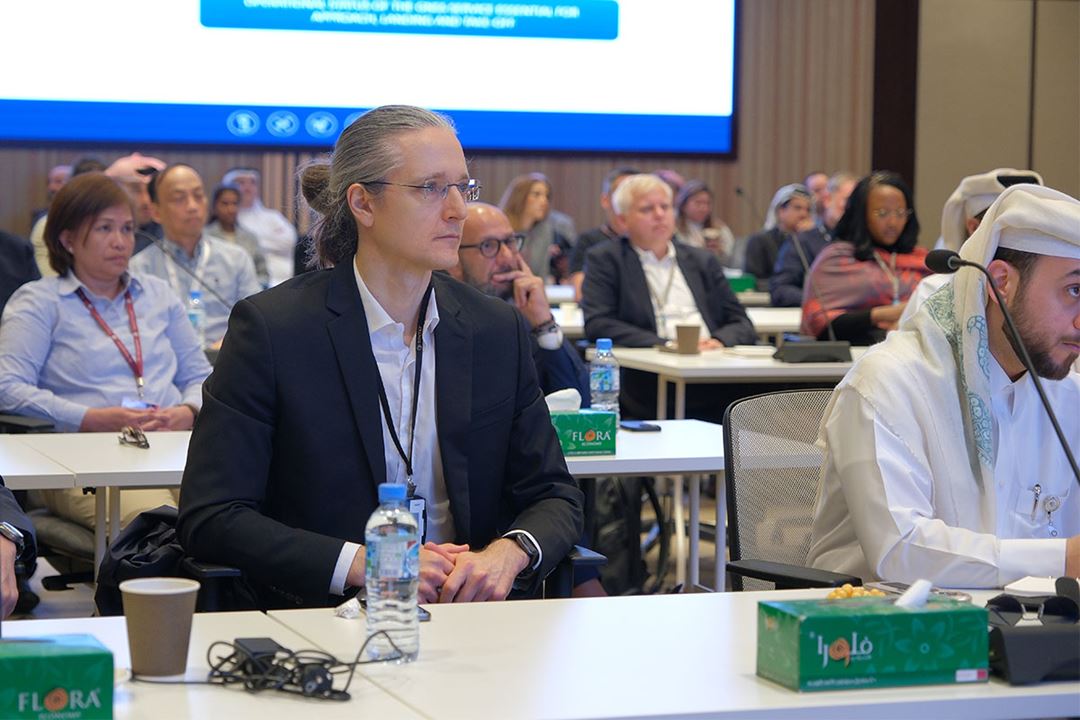
Great enthusiasm in Doha
– We gained valuable insight into how artificial intelligence can be leveraged to develop new and impactful tools for the aviation industry of the future, says Hassan Al Mousawi, Managing Partner at Fusion Technology in Doha, reflecting on the recent European visit.
Hassan Al Mousawi notes that the feedback from the Norway visit has been very positive, with attendees expressing great enthusiasm for the innovative solutions presented.
With a strong foundation in quality and safety management, Hassan Al Mousawi is confident that AI will play a pivotal role in shaping the future of aviation.
– These are the kind of solutions that Fusion Technology is eager to collaborate on going forward, emphasizes Hassan Al Mousawi.
